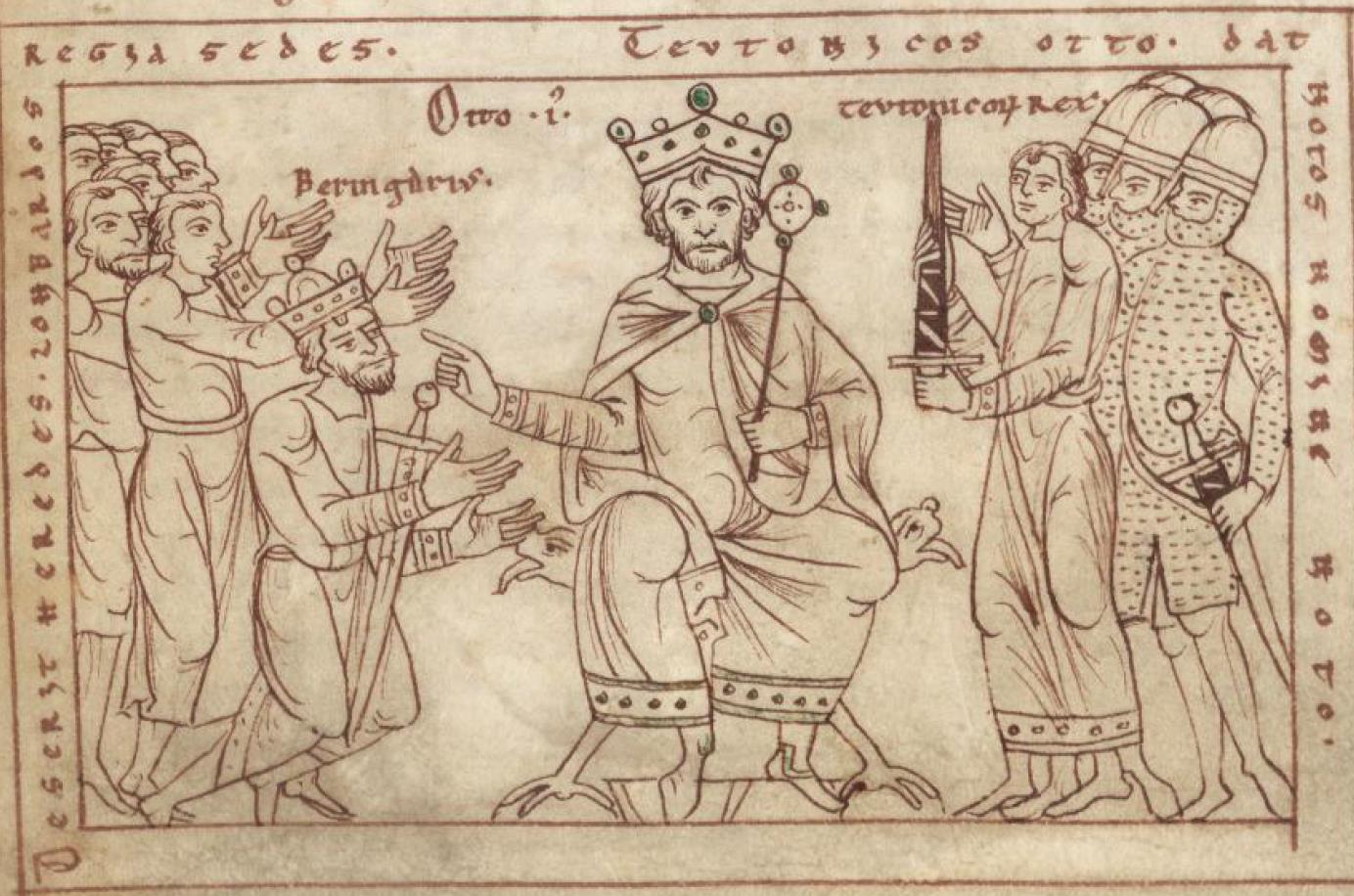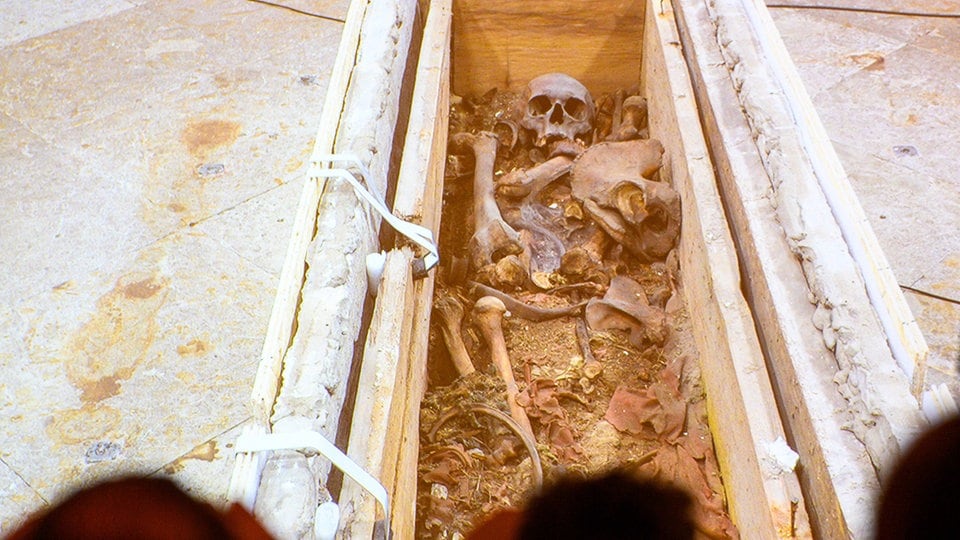Investigation of Otto I's Tomb in Magdeburg Cathedral




In a remarkable blend of archaeology and history, researchers have recently opened the wooden sarcophagus within the grave of Emperor Otto I at the Magdeburg Cathedral. This momentous event forms part of delicate restoration work on the tomb, revealing extraordinary discoveries that promise to illuminate one of medieval Europe's most pivotal figures. The skeletal remains found within this wooden encasement may indeed belong to Otto the Great himself, offering an unprecedented glimpse into the past.
Regarded as potentially one of the most thrilling skeletal discoveries in the Western world, these remains promise to recreate the image of Otto I through advanced scientific analysis. Preliminary studies conducted by archaeologists have revealed a formidable height of approximately 1.79 meters, which was notably tall for a medieval ruler and befitting someone of Otto's illustrious status. Evidence of horseback riding skills, visible in the bone structure, further affirms the identity markers of this esteemed emperor, aligning perfectly with historical accounts of Otto's equestrian prowess.
The skeletal analysis suggests characteristics consistent with nobility and leadership, with indications that this individual lived a life of physical activity and authority. Researchers are particularly excited about the potential for facial reconstruction, which could allow the modern world to gaze upon the actual visage of this legendary emperor who helped shape European history. The ambitious project aims to bridge a millennium and leave a profound impact on historical perceptions.
Among the grave goods, experts discovered vivid textiles in red and blue, featuring intricate diamond patterns that hint at the opulence of Otto's era. These fragile fabrics, though deteriorated by the passage of time, showcase the remarkable craftsmanship of medieval artisans and serve as high-status indicators of the buried individual. The complexity and quality of these textiles emphasize the grandeur associated with imperial burial practices.
Intriguingly, eggshells were also found scattered throughout the coffin, carrying deep Christian symbolism of resurrection and eternal life. These remnants are not uncommon in medieval Christian burials, representing core beliefs tied to the essence of Christian faith. Archaeologists are working to determine whether these symbolic items were part of the original burial arrangements or added during later interventions, as their placement adds another layer of spiritual significance to the tomb.
The wooden sarcophagus itself tells a fascinating story of historical transition and preservation. Crafted from pinewood of varying ages, the coffin likely dates to after the devastating Magdeburg Cathedral fire of 1207, necessitating the careful relocation and reinterment of Otto's remains. This reconstruction represents a crucial moment in the cathedral's history, when sacred relics required protection and preservation for future generations.
Evidence of multiple openings over the centuries has been discovered through careful inspection of marks on the sarcophagus lid. These interventions suggest a storied past shrouded in mystery and reverence, indicating the ongoing historical interest and veneration of Otto's remains throughout the medieval period and beyond. The deformation and wear patterns on the structure provide valuable insights into the tomb's journey through time.
The investigation is being meticulously managed by the Cultural Foundation of Saxony-Anhalt and the State Office for Heritage Management and Archaeology, ensuring that proper scientific protocols are followed throughout the process. Leading archaeologist Dr. Harald Meller and his team are employing cutting-edge techniques to analyze every aspect of the discovery, from genetic confirmation to detailed preservation of organic materials.
The ultimate ambition extends beyond mere identification to comprehensive understanding of Otto's life, health, and the burial customs of his era along with analysis of his DNA. Scientists hope to confirm the remains genetically while also conducting detailed analyses that might reveal information about diet, lifestyle, and even the cause of death. This multidisciplinary approach combines traditional archaeological methods with modern scientific techniques.

Comments